Introduction: A Look at PT Kereta Api Indonesia
Prior to 2009, PT Kereta Api Indonesia was considered as one of the worst managed companies in Indonesia:
- Lack of sufficient reliability.
- Aging Equipment.
- Inefficient Staff.

Issue that Caused the Need for Organizational Change
Due to mismanagement, the company experienced a financial disaster which resulted in lossed amounting to IRD 38 billion in 2007 and more than 82 billion in 2008 (Anggadwita & Dhewanto, 2013).

In-depth Look at PT Kereta Api Indonesia
Where do the companies problems stem from?
The main problem the company was experiencing was severe is management of its operations which resulted in issues cropping up in multiple operations. Not only that, the company was also experiencing a significant resistance to change from within its own organization due to the years of neglect which created a complacent business culture. It is the combination of these factors that contributed to the financial disaster that the company experienced in 2007 and 2008.
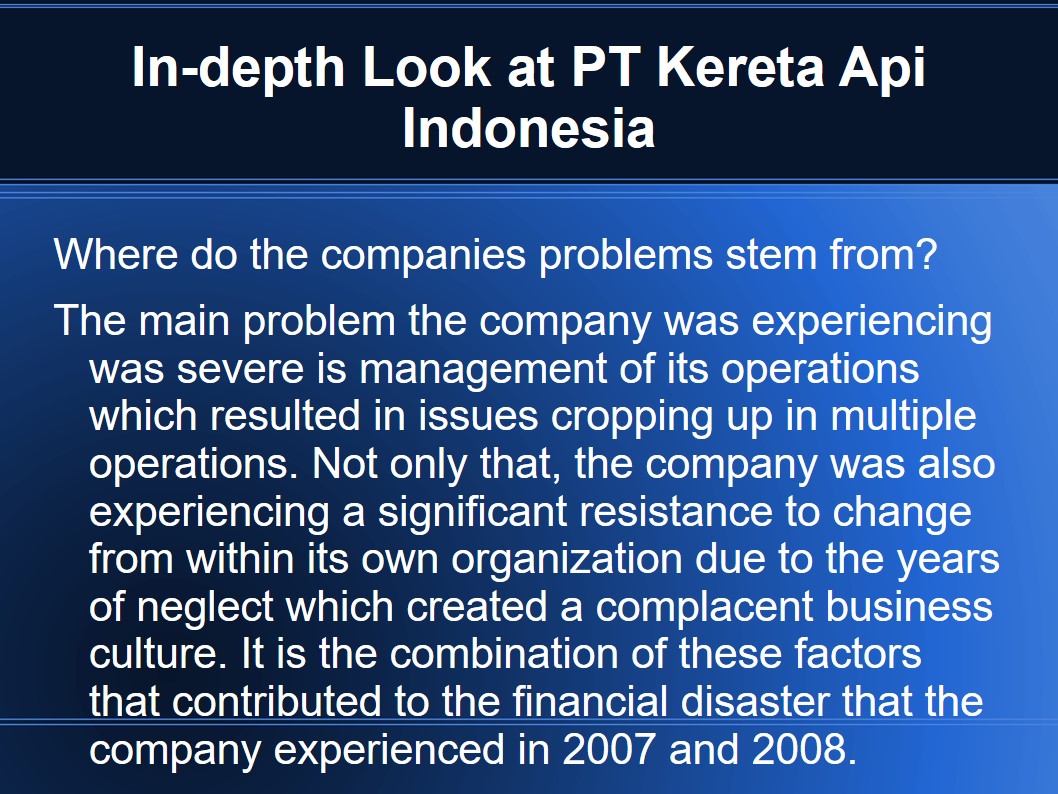
Organizational Change that Took Place
- In 2009, a new manager, Ignatius Jonan was put in charge of he company.
- New innovative practices were introduced on every level of the company resulting in improved performance.
- Currently acknowledged as a successfully run company.
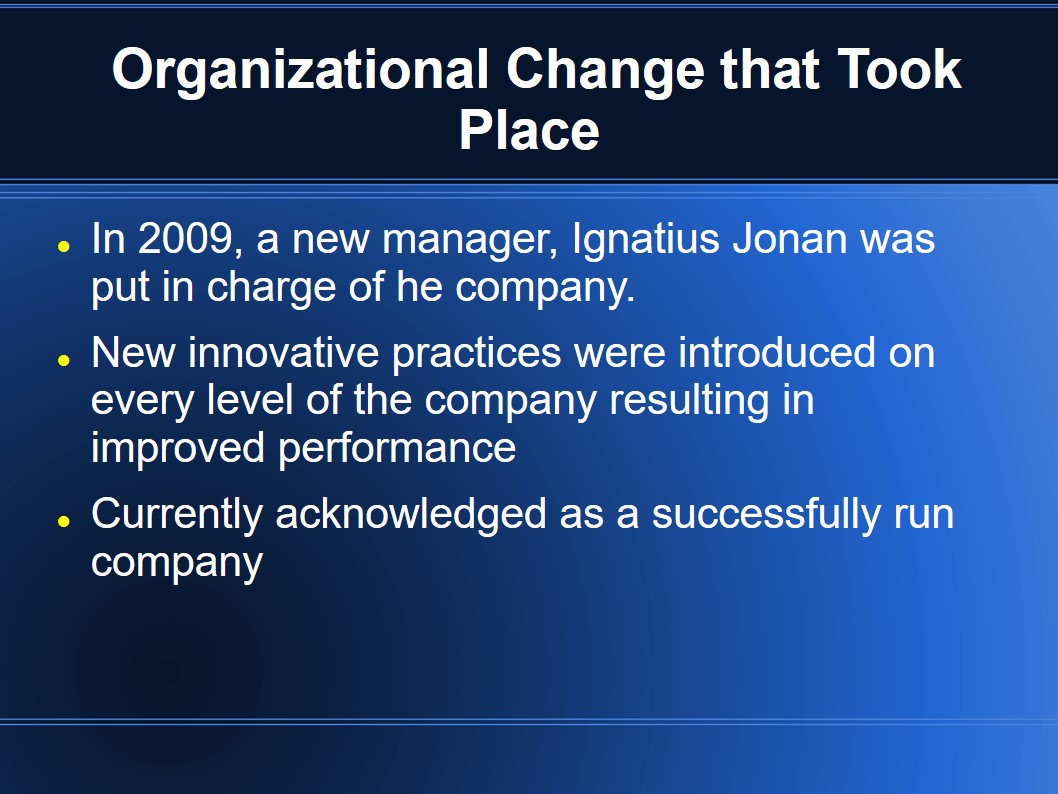
Why did the Methods of Jonan Work?
The leadership style of Jonan initially focused on a top-down approach wherein changes to the company’s operations were unilaterally dictated by him. The reasoning behind this was due to the complacency that was present in multiple departments that required significant interference from an outside party to revitlize them (Anggadwita & Dhewanto, 2013). As a result of Jonan’s unilateral actions, the company was able to slowly recover resulting in significant gains in three years.

What Factors Contributed towards the Success of the Strategy of Jonan
The success of the strategy was based on the increased level of autonomy and power that was given to Jonan at the start of his tenure with the company. The endemic mismanagement of operations could only be resolved by completely revitalizing the system and this was only possible if a “top-down” leadership style was implemented. While horizontal company leaderships are ideal, the sheer amount of issues the company was experiencing at the time could not implement such a method without there being considerable resistance to change within the company.
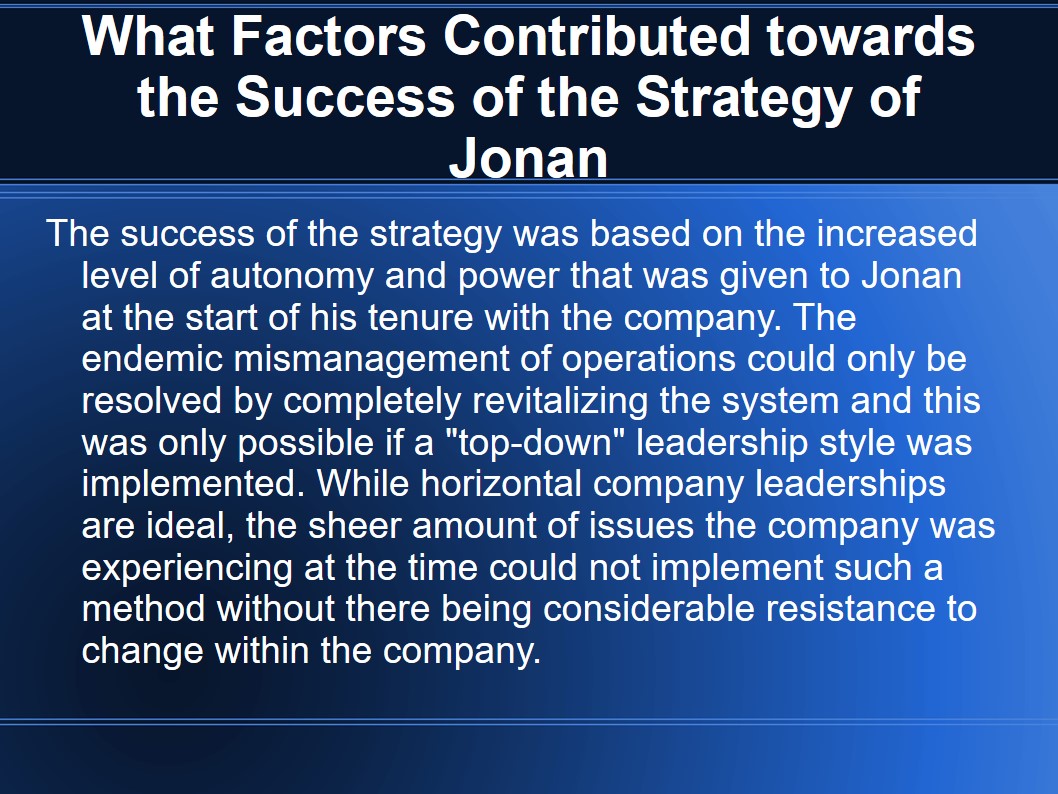
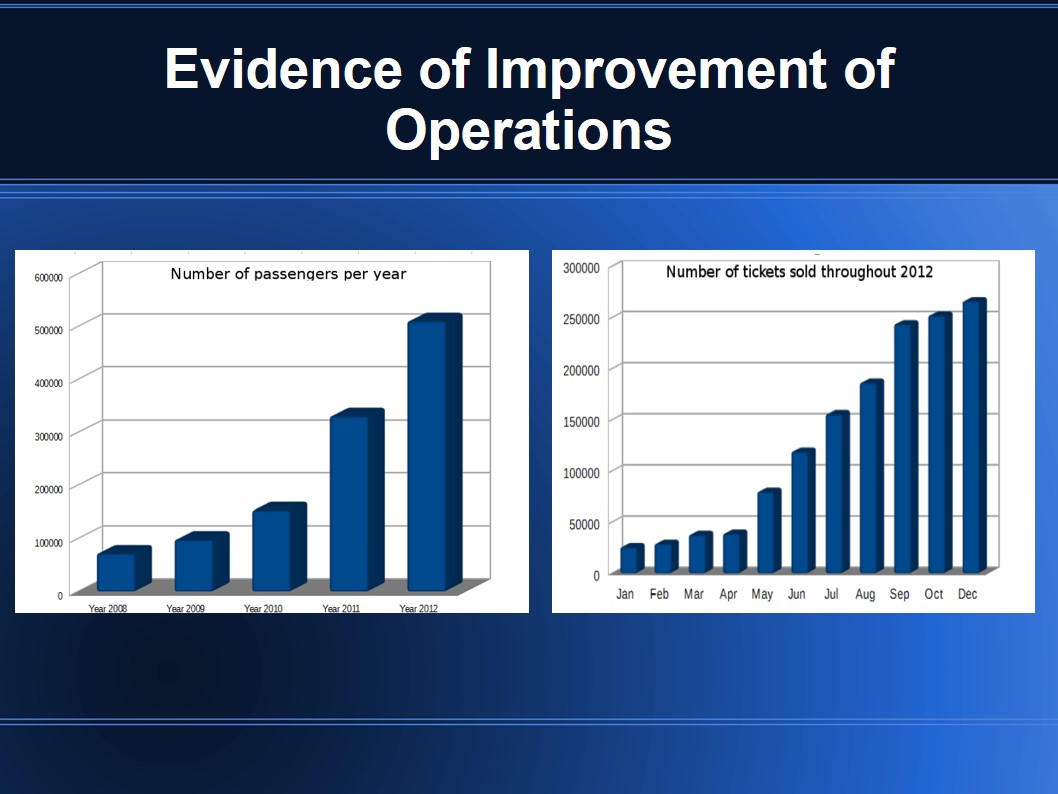
Comparative Case: A Brief Look at Honda
- Started operations in World War 2.
- Currently one of the largest motor vehicle manufacturers in operation.
- Experienced significant organizational change.

Issues that Caused the Need for Organizational Change
- Experienced decline in sales due to Japan’s loss at the end of World War 2.
- Inventory did not match the needs of a cash strapped populace.
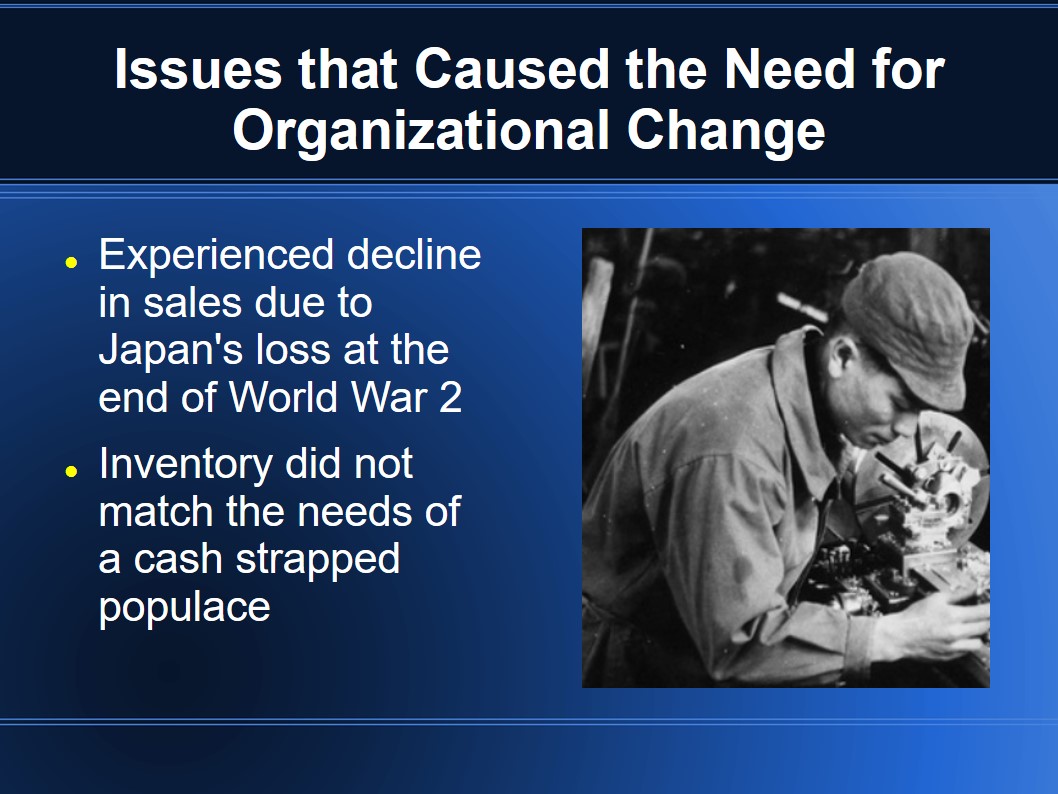
Organizational Change that Took Place: Honda’s Case
- Made adjustments in its product lineup and introduced cheaper and more price competitive moto vehicles.
- Focused on quality goods and expansion into new markets (ex: the U.S.).

Methodology
- Study will utilize qualitative surveys to examine the employees of PT Kereta Api Indonesia.
- Surveys will focus on change readiness, life experiences of the employees, values and will examine the type of leadership style desired by the employees.
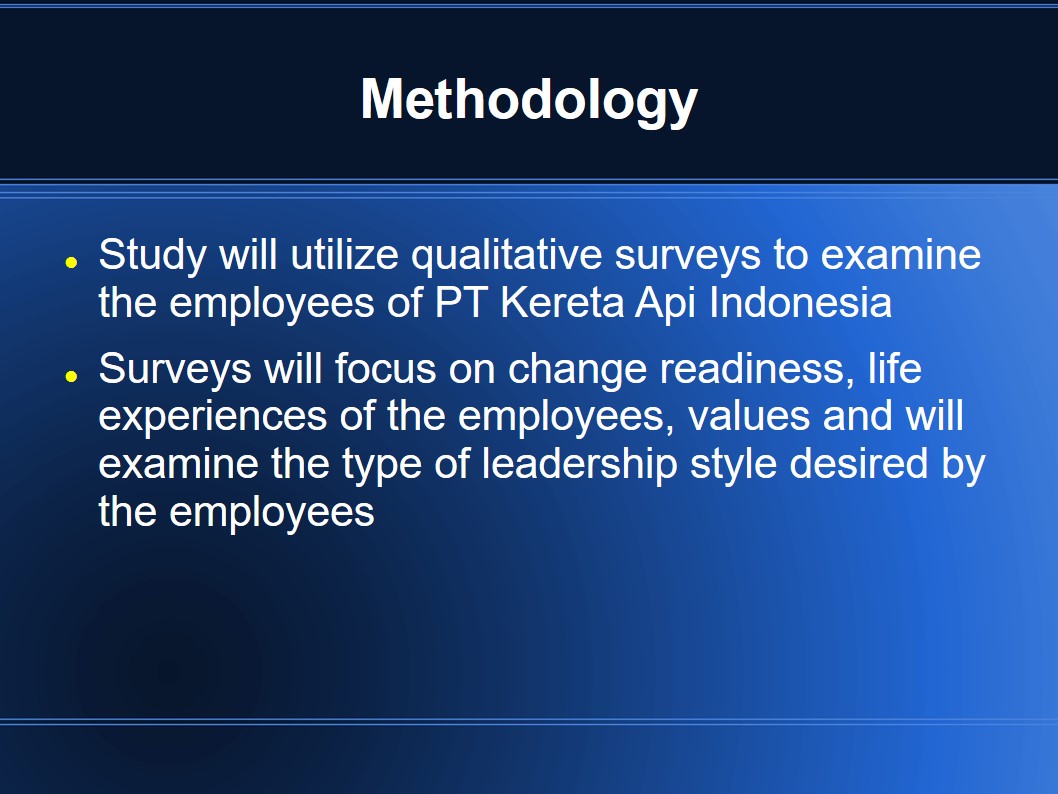
Limitations of the Project
- Surveys will be limited to PT Kereta Api Indonesia.
- Since only one company will be examined, there will be a limited number of responses to be compared.
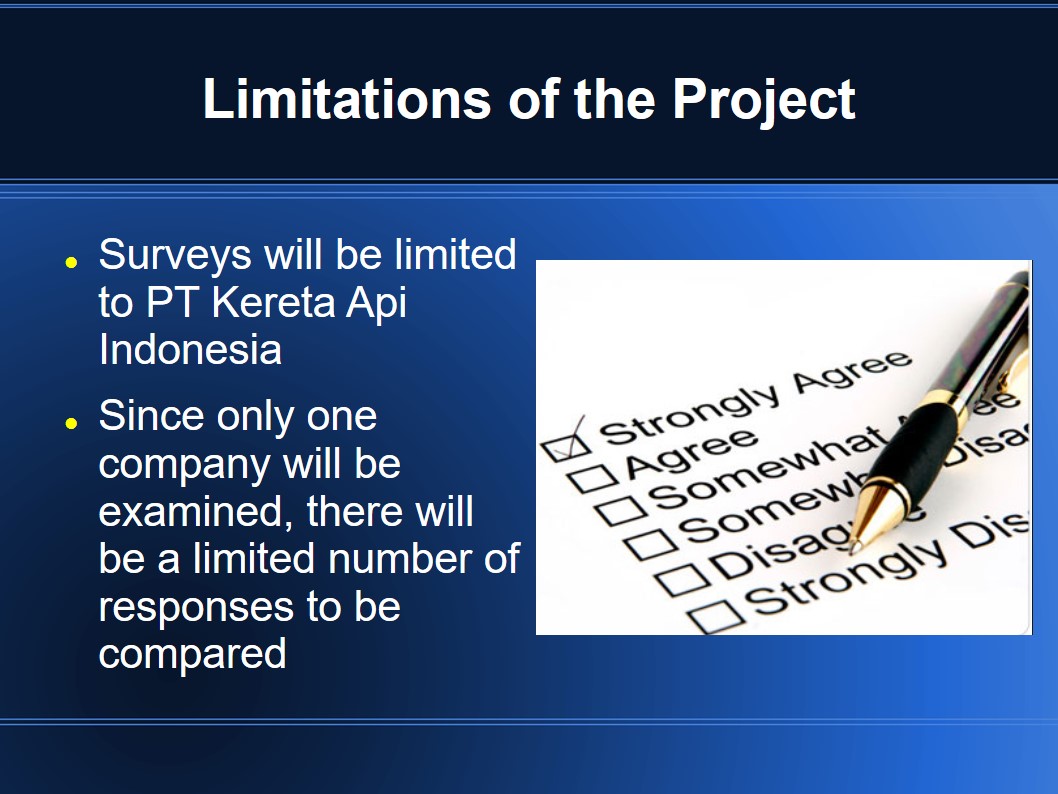
Process of the Study: Comparative Approach
- Comparison of the process of organizational change between Honda and PT Kereta Api Indonesia will be conducted.
- Comparison will reveal the impact of change management strategies and what factors can influence it.
- Results will reveal potential methods that PT Kereta Api Indonesia could implement.
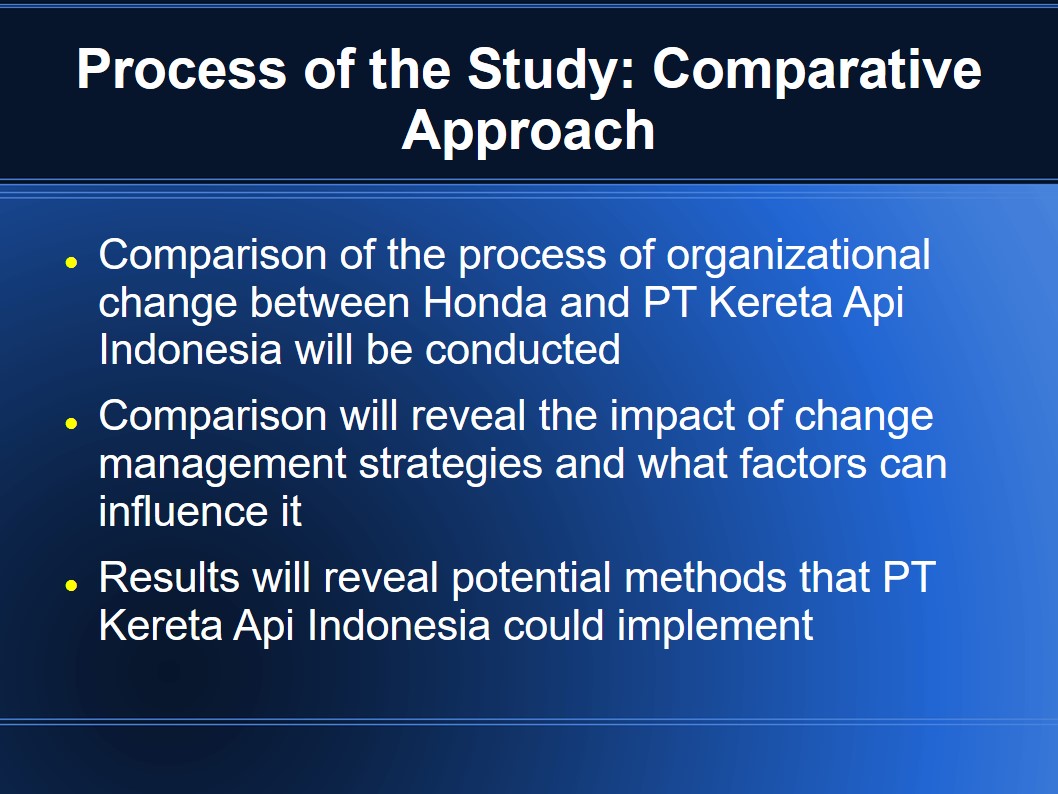
Factors for Resistance
Examination of survey results will help to determine the factors for resistance, what employees desire and, as such, this will impact the type of leadership strategy that will be recommended.
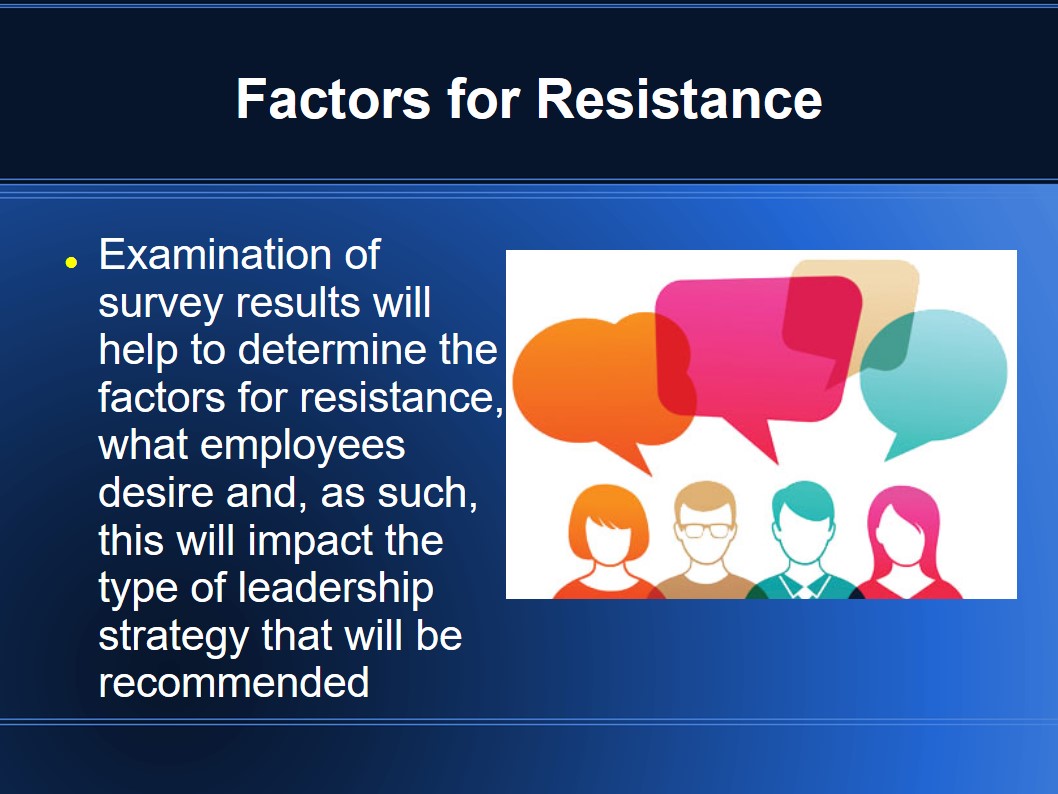
Stages of Resistance to Change
- Stages to resistance to change are denial, commitment, resistance and exploration.
- Each company has different reactions to resistance to change resulting in varied outcomes (Burke, Lake & Paine, 2008).
- PT Kereta Api Indonesia has a considerably different resistance to change compared to Honda resulting in the financial issues it experienced.
- Based on the evaluated factors that will impact the resistance to change, the strategy that will be developed to resolve it will follow the stages of diagnostics, planning, and preparation.
- The stages of implementation, assessment, and maintenance of change will be stated from a theoretical perspective since this would require PT Kereta Api Indonesia to actually implement them.
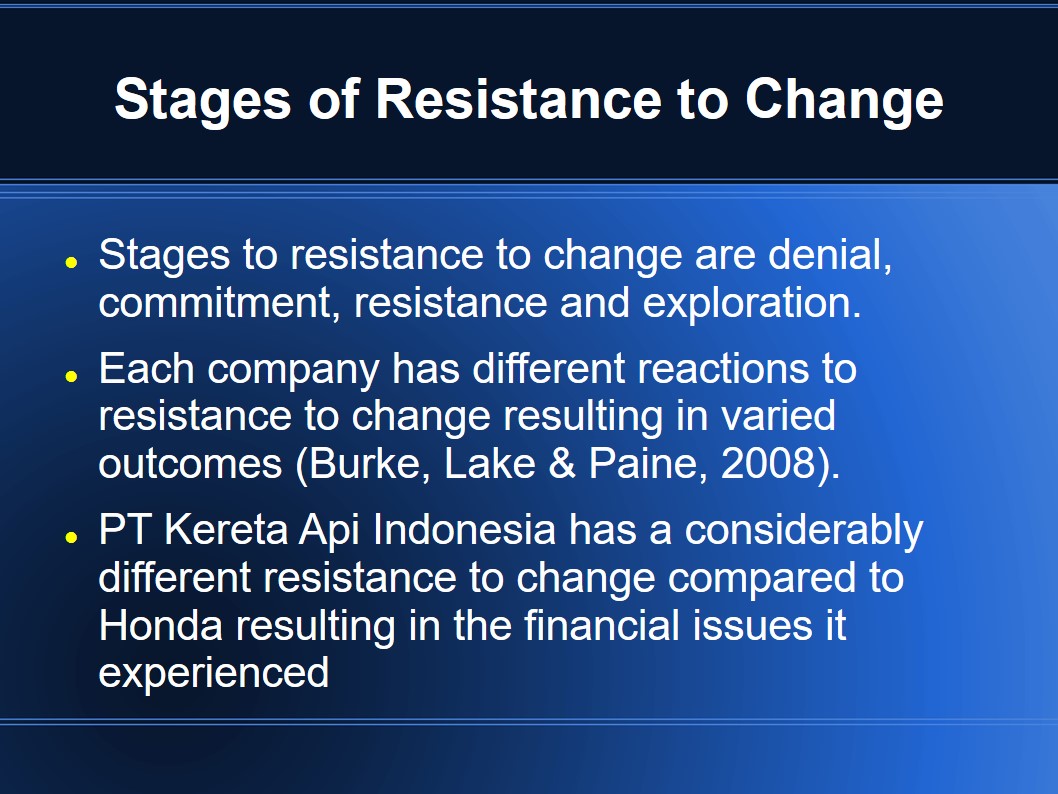
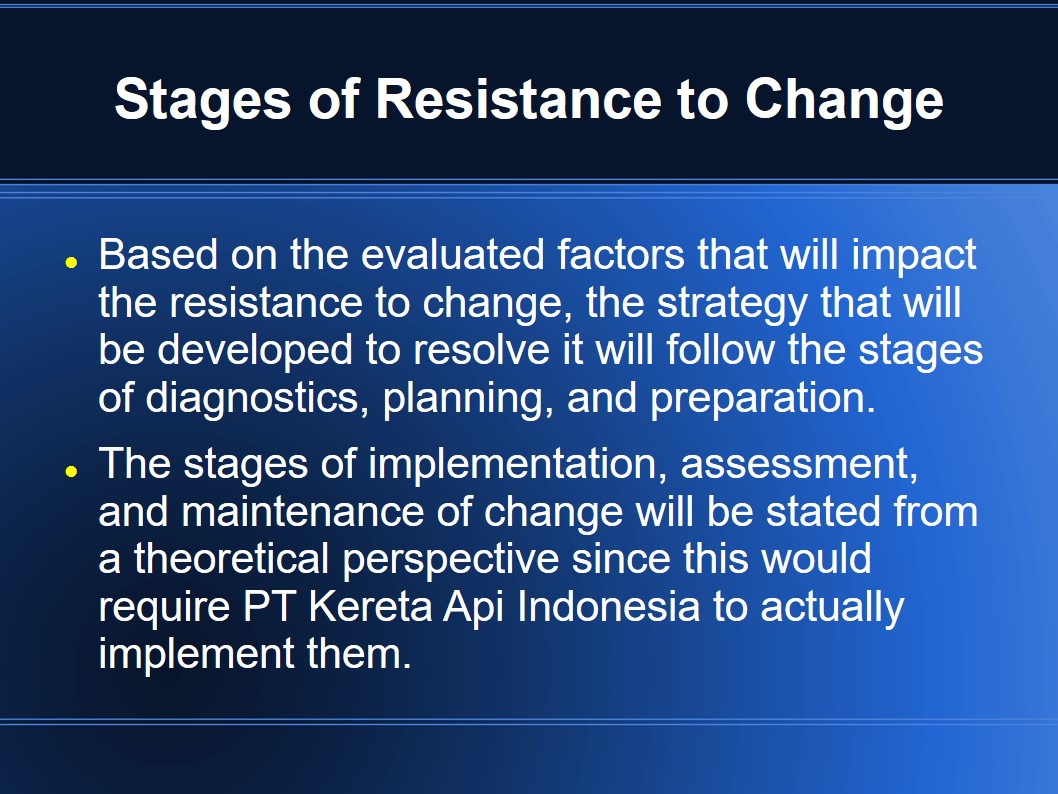
Change Model
- The change management model in the next slide will be the primary tool utilized to examine changes within the organization.
- It will be utilized to evaluate the activites entered into by PT Kereta Api Indonesia and will be useful in determining where the company is in terms of successful changes that been implemented in its operations.
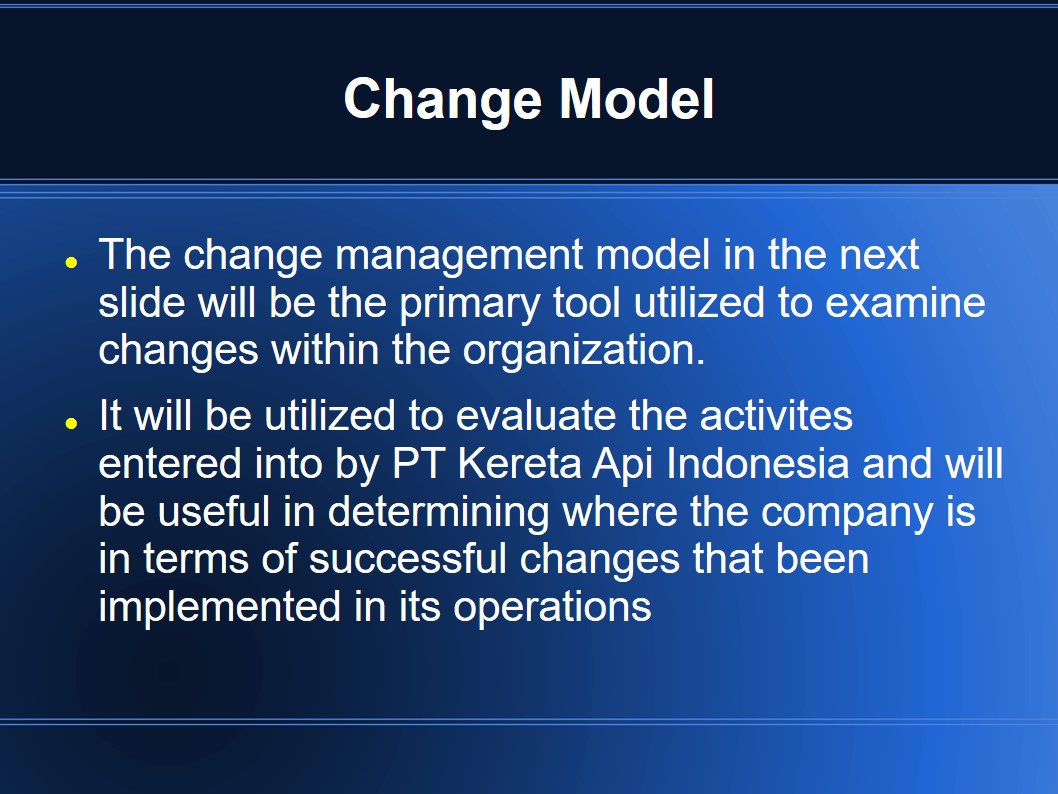

Methods of Handling Resistance
- Acknowledge that resistance will occur – this equates to being open-minded regarding the possbility of some employees not being willing to change.
- Determine the source of the resistance – examine what factors exployees specifically do not like about the changes taking place.
- Enagage the right managers within the office – this involves talking to influential people within the company who can help in the transition process.
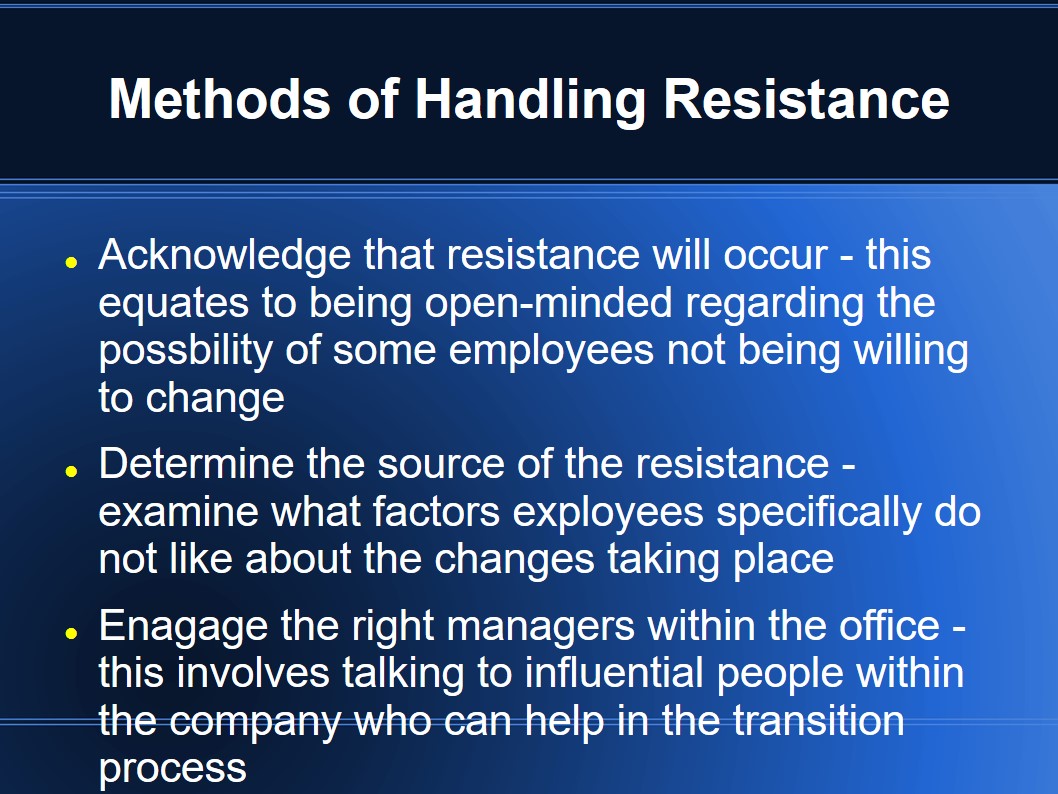
Techniques for Managing Change
Possible strategies that Will be Recommended:
- Get employees involved in change management to ensure that the proper processes are implemented (Weiner, 2009).
- Understand why resistance to change occurred in the first place (Cawsey, Deszca & Ingols, 2011).
- Emphasize new standards of performance and the rewards that come with them.
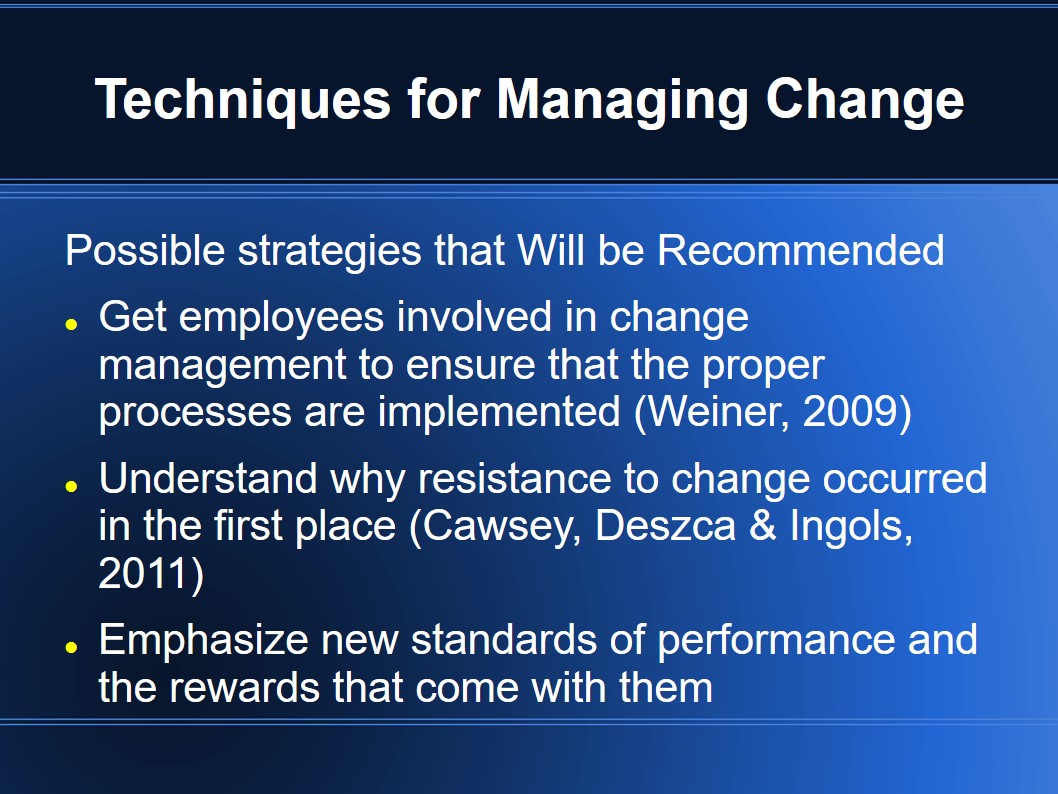
Proactive/Reactive Factors
- Proactive stances to resistance to change means implementing methods to stop resistance before they can occur within the employee population (Combe, 2014).
- Reactive stances means responding to changes as they occur within the company rather than implementing processes to prevent them in the first place (Jones, 2012).
- Each method has its own pros and cons depending on the type of organization that the company embodies.
- Study will examine whether a pro-active or reactive stance is more appropriate for the changes that need to take place in PT Kereta Api Indonesia.
- Comparisons will be made with the case of Honda to examine what methods they utilized (proactice or reactive) and the resulting changes that took place in the company as a result.

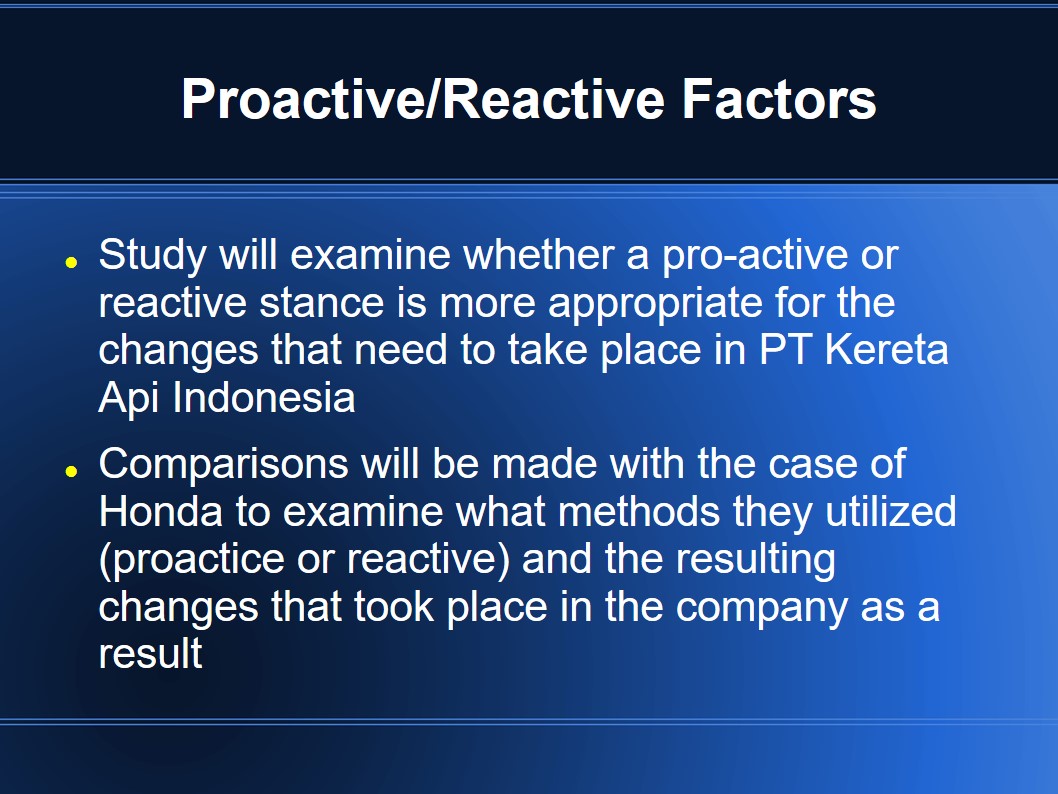
Conclusion
Companies do not operate within a vacuum, they need to take into consideration the market forces that can impact them on a daily basis. The case of Honda is a prime example of what a company can do when it comes to adjusting to changes in the market and responding to it in a positive way. PT Kereta Api Indonesia can potentially adopt similar changes, but it would need to examine its current workforce and utilize proper change management strategies to bring about the needed changes to its operations.
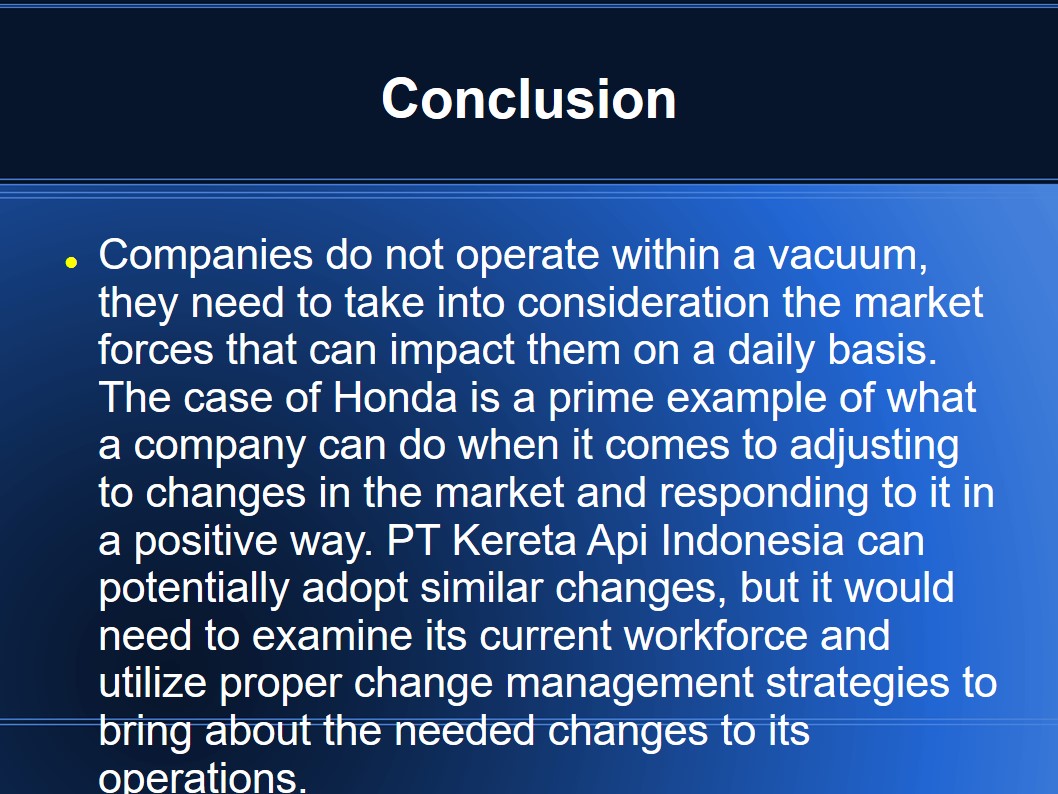
Recommendation
Based on the information that has been gathered, it is the recommendation of this study that PT Kereta Api Indonesia utilize a “maximizer” leadership style to build upon the gains that have already been achieved under the leadership of Jonan. Dealing with the resistance to change from the workers can be accomplished by asking them what they find wrong with the desired changes, what sort of change they would recommend and negotiate with the workers based on this information.
Change is necessary for the company but it should not compromise the relationship that the company has developed with its workers. Lastly, future studies that investigate this topic may want to examine how the local business culture within a particular country impacts the resistance to change of its employees. The case of Honda’s organizational change may not be replicable if it is dependent on the business culture that is inherent in Japan.
Future researchers investigating organizational change may want to take this into consideration since there is no such thing as a “one size fits all” process when it comes to changing internal operational processes.
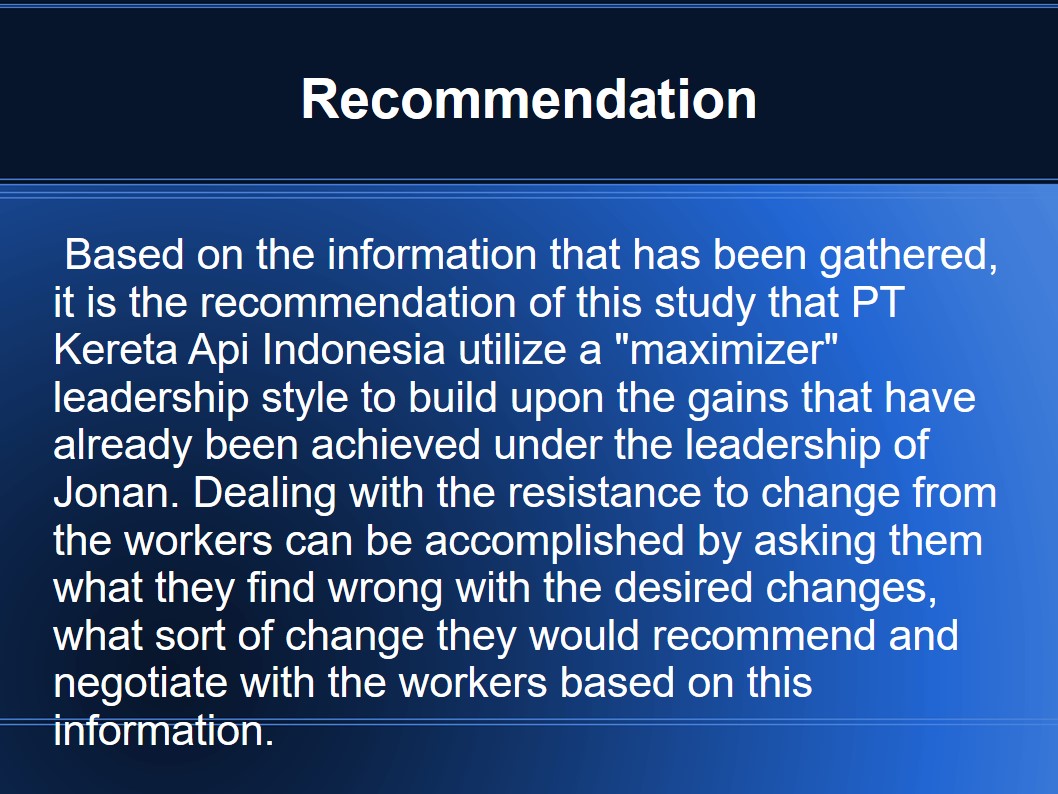
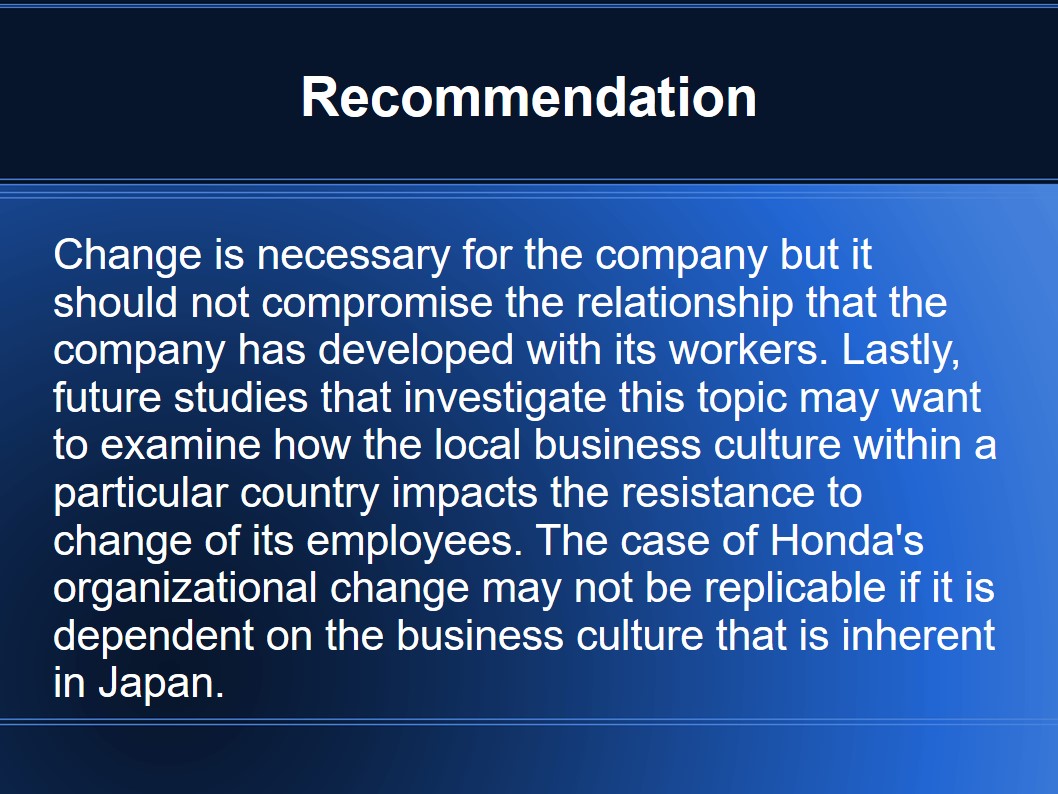
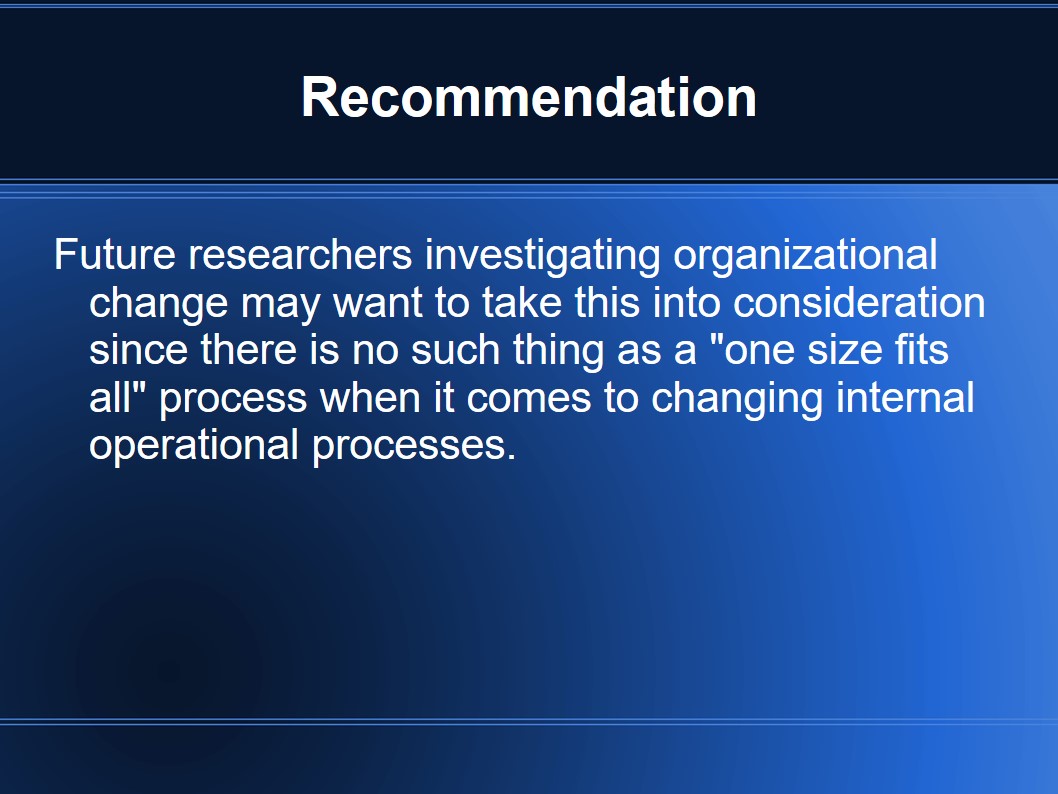
Reference List
Anggadwita, G., & Dhewanto, W. (2013). Service Innovation in Public Sector: A Case Study on PT. Kereta Api Indonesia. Journal of Social and Development Sciences, 4(7), 308-315.
Burke, W. W., Lake, D. G., & Paine, J. W. (2008). Organization Change: A Comprehensive Reader. Hoboken, NJ: Wiley & Sons.
Cawsey, T., Deszca, G., & Ingols, C. (2011). Organizational change. Thousand Oaks, CA: SAGE Publications.
Combe, M. (2014). Change readiness: Focusing change management where it counts. Newtown Square, PA: PMI.
Jones, S. (2012). Change management: A classic theory revisited. Web.
Weiner, B. J. (2009). A theory of organizational readiness for change. Implementation Science, 4(67).